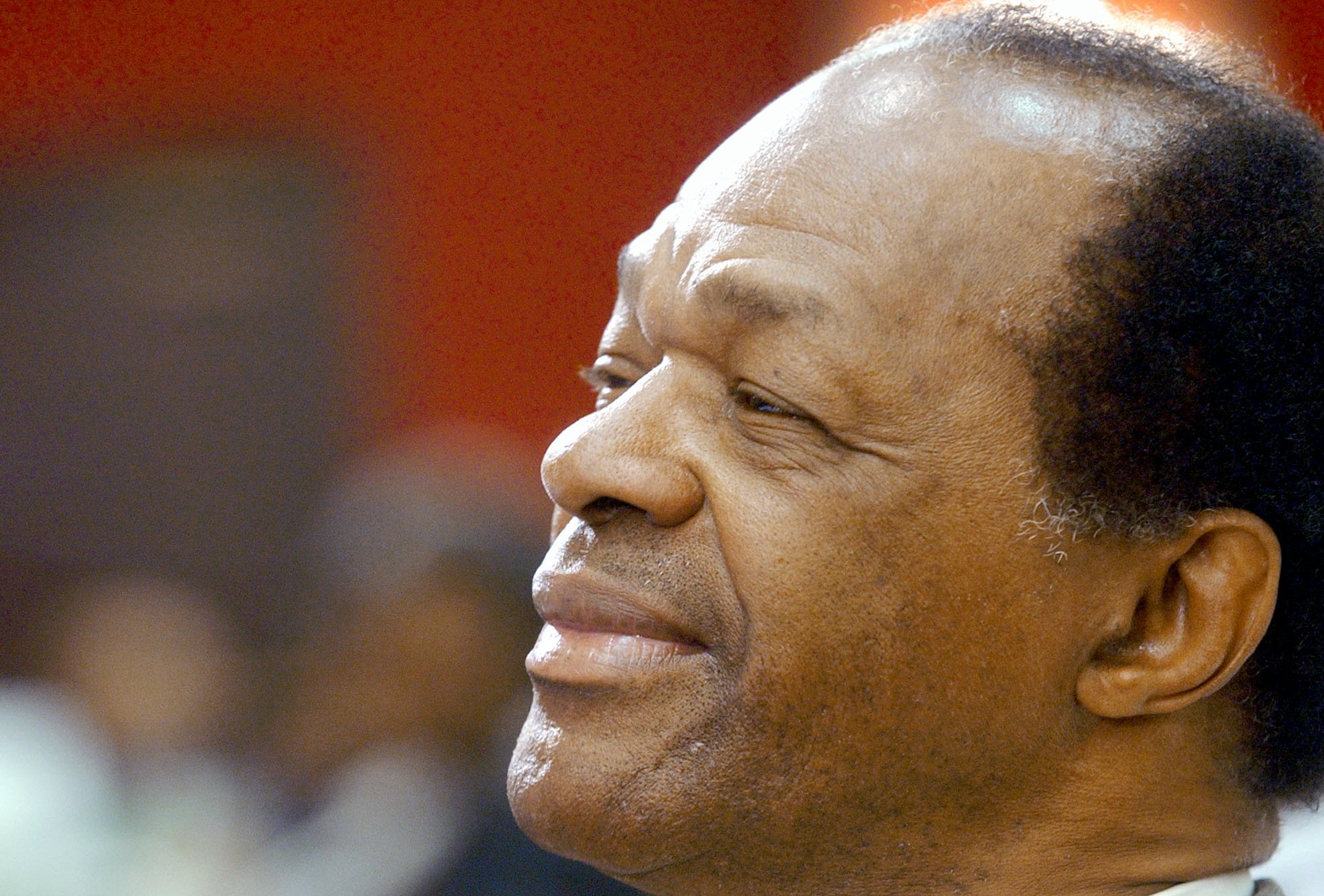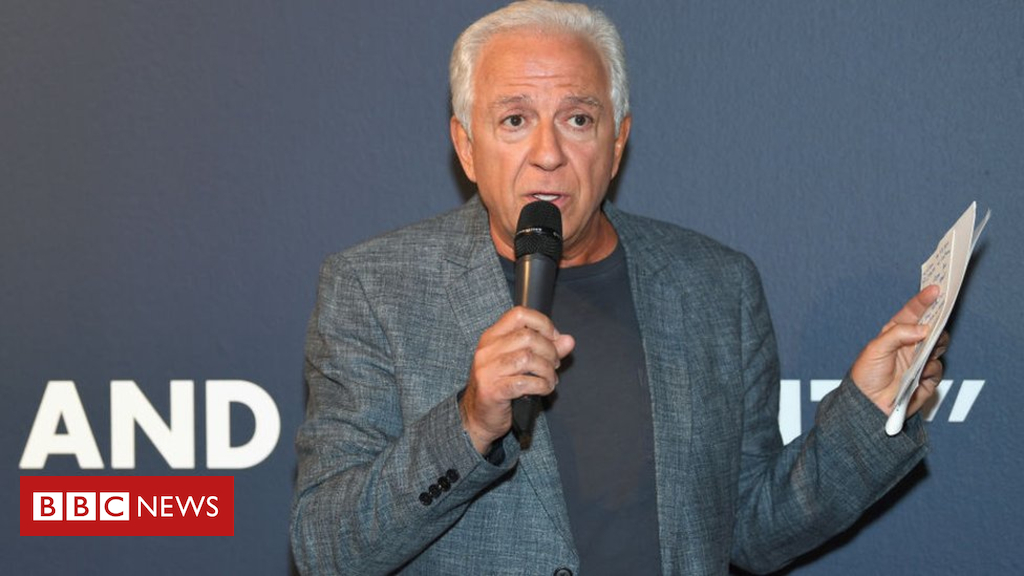
A bronze, larger-than-life statue of late D.C. politician Marion Barry was unveiled Saturday on Pennsylvania Avenue, memorializing the controversial so-called “Mayor for Life” mere blocks from the Whi
A bronze, larger-than-life statue of late D.C. politician Marion Barry was unveiled Saturday on Pennsylvania Avenue, memorializing the controversial so-called “Mayor for Life” mere blocks from the White House outside the city building where he worked during his decades in public office.
Erected outside the John A. Wilson Building, the seat of D.C. local government, the eight-foot-tall statue portraying a smiling, waving Barry constitutes “a fitting tribute in this city that he so loved,” D.C. Mayor Muriel Bowser said at Saturday afternoon’s unveiling.
Born and raised in Mississippi, Barry moved to D.C. in the 1960s while working for the Student Nonviolent Coordinating Committee, or SNCC, one of the era’s most prominent civil rights groups. He ran for city school board the following decade, and in 1974 he was won a seat on the District’s first elected city council.
Barry, a Democrat, ultimately served four terms as mayor and spent 16 years on the city council prior to passing away in 2014 at the age of 78.
“Sometime after Martin Luther King had a dream, and before President Barack Obama gave us hope, it was Marion Barry that brought opportunity to Washington, D.C.,” said Ms. Bowser, a fellow Democrat elected mayor in 2014.
“He embodied the spirit of Washington,” Ms. Bowser said. “Where you can fall down and get back up…Where you fight hard and speak up,” she added.
Indeed, Barry’s arguably best known outside the Beltway not for his accomplishments during his decades in office, but rather over his 1990 arrest for crack cocaine possession that resulted in six months behind bars. The incident anything but derailed his political career, however, and Barry was re-elected mayor hardly two years after completing his prison sentence.
“Mr. Barry taught us do not ever give up hope, because as long as you’re waking up on this earth, there can be a comeback,” said Ms. Bowser.
Chairman Phil Mendelson said the statue of Barry is the first to honor an African-American on Pennsylvania Avenue, a historic roadway that also hosts the White House as well as every presidential inaugural parade.
“It’s exciting because we are placing a statue to a District of Columbia hero on Pennsylvania Avenue, the nation’s avenue, and in so doing we are reminding everybody that this is not a federal city but a local city with real people and real issues,” he said during there unveiling. “This is an exciting day because we are erecting a statue to an African American hero in the nation’s capital on the nation’s avenue. There are few statues commemorating African Americans in our city, and none on Pennsylvania Avenue.”
“Some may ask, how could somebody with controversy get elected and re-elected and then get memorialized with a statue?” asked Mr. Mendelson “Well, an essential part of good governance is human relations. Marion Barry connected with people. Marion Barry helped people through thick and thin,” he said.
The Barry statue was designed by artist Stephen Weitzman and selected by the D.C. Commission on the Arts and Humanities from a pool of 13 submissions.
Built in the early 1900s, the Wilson building has housed several city offices since after the Home Rule Act established the D.C. government in 1973. Then a council member, Barry was shot in the chest while in the Wilson building in 1977 during a two-day standoff perpetrated by a radical Muslim group.






